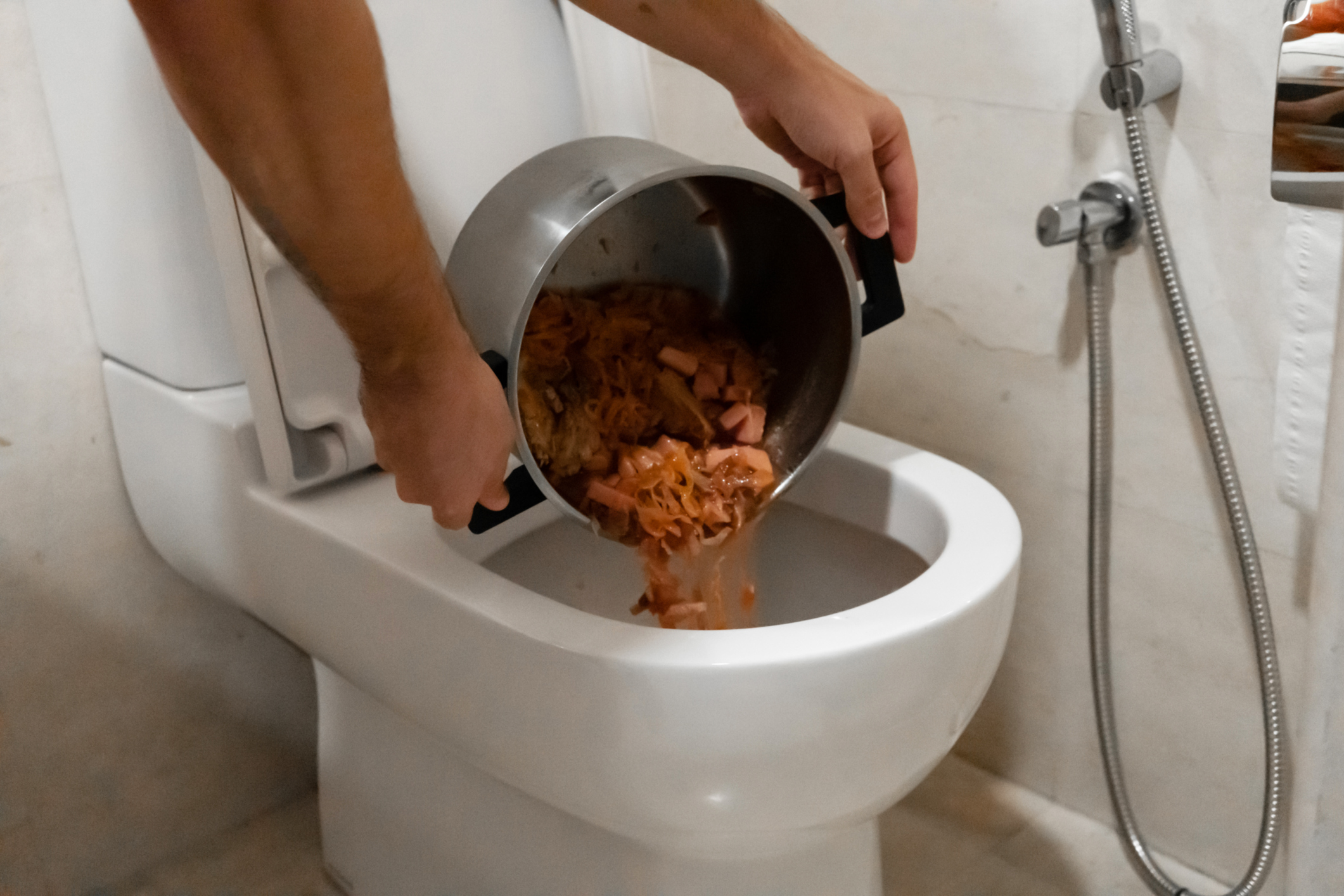Are You Able to Dispose of Food Waste in the Toilet?
Are You Able to Dispose of Food Waste in the Toilet?
Blog Article
This post further down pertaining to Is it safe to flush food (especially rice) down the toilet? is indeed enlightening. Give it a try and draw your own personal conclusions.

Intro
Many people are usually faced with the dilemma of what to do with food waste, specifically when it pertains to leftovers or scraps. One common concern that occurs is whether it's fine to flush food down the commode. In this write-up, we'll look into the reasons that individuals could take into consideration purging food, the consequences of doing so, and alternate techniques for correct disposal.
Reasons that individuals may take into consideration purging food
Absence of recognition
Some people may not understand the prospective injury triggered by purging food down the bathroom. They might wrongly think that it's a safe method.
Comfort
Purging food down the commode may feel like a quick and very easy remedy to getting rid of undesirable scraps, especially when there's no neighboring trash can available.
Laziness
In many cases, people may merely pick to flush food out of sheer negligence, without taking into consideration the repercussions of their actions.
Effects of flushing food down the commode
Environmental influence
Food waste that winds up in waterways can add to pollution and damage aquatic ecosystems. Additionally, the water made use of to purge food can strain water sources.
Pipes concerns
Purging food can cause clogged up pipes and drains pipes, triggering expensive pipes fixings and inconveniences.
Types of food that must not be flushed
Fibrous foods
Foods with fibrous appearances such as celery or corn husks can get tangled in pipes and trigger blockages.
Starchy foods
Starchy foods like pasta and rice can soak up water and swell, resulting in clogs in pipelines.
Oils and fats
Greasy foods like bacon or food preparation oils should never ever be purged down the bathroom as they can strengthen and create clogs.
Correct disposal approaches for food waste
Using a garbage disposal
For homes outfitted with waste disposal unit, food scraps can be ground up and flushed with the pipes system. However, not all foods appropriate for disposal in this fashion.
Recycling
Certain food packaging materials can be reused, reducing waste and lessening environmental impact.
Composting
Composting is an eco-friendly way to throw away food waste. Organic products can be composted and made use of to enrich soil for horticulture.
The importance of proper waste management
Minimizing environmental harm
Correct waste monitoring techniques, such as composting and recycling, aid reduce contamination and protect natural deposits for future generations.
Securing plumbing systems
By preventing the practice of flushing food down the toilet, property owners can protect against costly pipes repair work and maintain the integrity of their plumbing systems.
Final thought
In conclusion, while it may be tempting to purge food down the commode for benefit, it is essential to understand the possible repercussions of this activity. By taking on appropriate waste monitoring practices and throwing away food waste sensibly, individuals can contribute to much healthier plumbing systems and a cleaner setting for all.
FLUSH FOOD DOWN THE TOILET?
FLUSHING FOOD CAN CAUSE BLOCKED DRAINS IN YOUR HOME
All of the plumbing fixtures in your home are connected to the same sewer pipe outside of your home. This outdoor sewer pipe is responsible for transporting all the wastewater from your home to the Council sewer mains. Even small pieces of food that go down the kitchen sink can cause problems for your sewer. It should therefore be obvious that flushing larger bits of food, such as meat, risks a clog in either the toilet itself or the sewer pipes. Flushing greasy food is even more problematic because oil coagulates when it cools, coating the interior lining of your pipes.
THE TOILET IS NOT A BIN
Food isn’t the only thing that people shouldn’t be flushing down the toilet. People use the toilet to dispose of all kinds of things such as tampons, makeup wipes, dental floss, kitty litter and even underwear. Water goes to great lengths to educate residents about the high costs and stress placed on wastewater treatment systems simply from people flushing the wrong stuff down the toilet. It costs taxpayers millions of dollars each year, and homeowners thousands in blocked drain repairs.
FLUSHING FOOD IS A WASTE OF WATER
Flushing food is a waste of our most precious resource - water. In June this year Level 1 water restrictions were introduced to protect water supply from drought conditions. Much of New South Wales continues to be affected by prolonged drought with recent figures revealing up to 97 per cent of the state remains in drought. Depending on whether you have a single or dual flush toilet, every single flush uses between five and 11 litres of water. In the current climate this is a huge amount of water to be wasting on flushing food that should be placed in the bin (or better yet, the compost).
https://www.jabplumbingsolutions.com.au/blog/can-you-flush-food-down-the-toilet

Do you enjoy reading up on Flushing Food Down the Toilet?? Post a review further down. We will be pleased to find out your views about this page. We are looking forward that you visit us again in the future. If you appreciated our blog entry plz be sure to share it. Kudos for your time. Come back soon.
Here Report this page